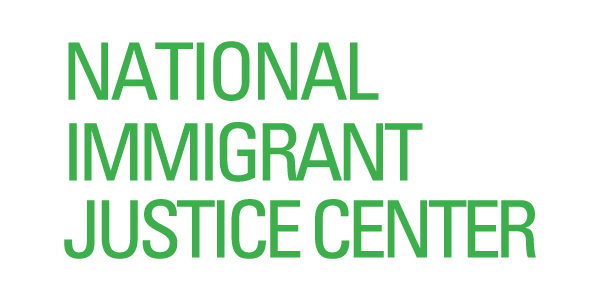Why are there so many LGBT Asylum Seekers?
Two-spirit native North Americans. The third gender Fa’afafine from Samoan cultures. Voudou spirits that present as both male and female. When we look at past and current cultural traditions from around the world, there are countless examples of communities celebrating and embracing gender and sexual diversity. As advocates for LGBT asylum seekers, the question remains: if so many cultures once celebrated LGBT identities, why are there so many asylum seekers fleeing persecution because of their gender identity and/or sexuality?
Pre-contact with the west, most indigenous communities celebrated and embraced lots of different forms of gender and sexual identity. Not only did colonization rid indigenous people all over the globe of their land and autonomy, but it also enforced a strict gender binary and heteronormativity. Colonists and missionaries often used the idea of sexual otherness to justify colonization. Non-heterosexual or cisgender relationships and identities were considered “primitive” or “uncivilized.” More directly, colonizers broke up extended kinship formations that gave more room for queer possibilities and enforced heterosexual and patriarchal family units as a means of social and economic control. The enforcement of nuclear families enshrined heterosexuality and eliminated many cultural queer possibilities. This remained the case for hundreds of years, and remains true in many colonized and occupied countries around the world.
In the latter half of the 20th century, queerness emerged as a Western construct, with groups of gay and lesbian individuals forming organizations, fighting for their rights and gaining visibility. At the same time, many nations in the global south began to establish their independence and forge national identities, and, because they saw queerness as Western, wanted to distance themselves from it. Ironically, many communities came to see the same Western world that once enforced heterosexuality as bringing queerness to their communities.
Of course, this is a generalization of the history, but when I speak to LGBT asylum seekers about their persecution, they often speak of anti-LGBT violence as endemic to the culture of the places that they come from, places that often once celebrated queer identities. While we might acknowledge where this homophobia comes from, it does not erase the very real violence and persecution our clients have endured. And while the western world once played a role in facilitating the loss of those sacred identities, there is no denying that many of our clients would not be alive, and would certainly not be able to celebrate their queer identities if they stayed in their home countries. I recall one client who recently participated in pride month and for the first time in his life got to freely wave the LGBT pride flag in public. Hearing him speak, I heard nothing but happiness and pride at finally getting to celebrate who he is openly. Despite the violence our clients face from their home countries and the immigration system, NIJC plays an integral role in making sure that our clients can celebrate queer joy in the United States.
We will not be able to reverse the violence of colonization or return the celebration of gender diversity overnight. However, we can do work to make the world just a little bit safer for LGBT people from around the globe, especially those fleeing violence. As legal advocates for LGBT asylum seekers, we hope that one day we will be out of a job. This pride month, may we imagine a world where our jobs are obsolete, and communities around the world celebrate LGBTQ people for exactly who they are.
Sky Karp is an Avodah Fellow with NIJC's LGBT Immigrant Rights Initiative.

